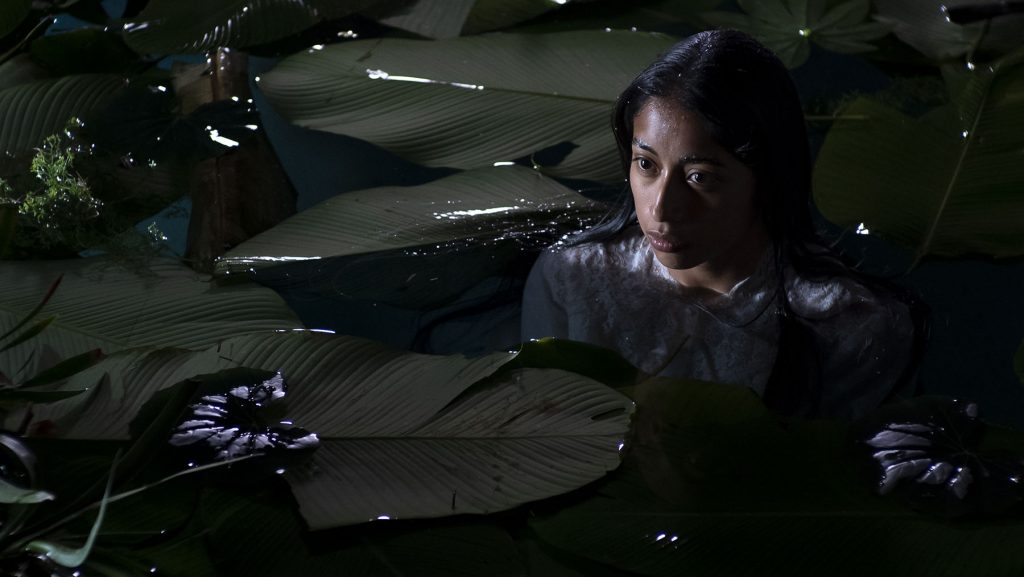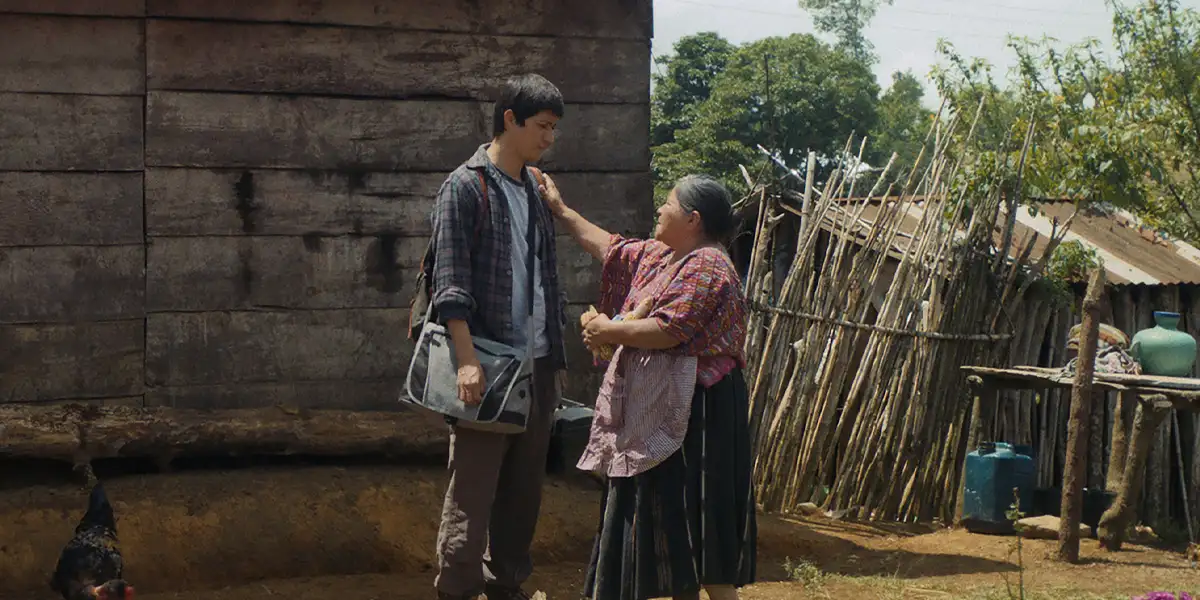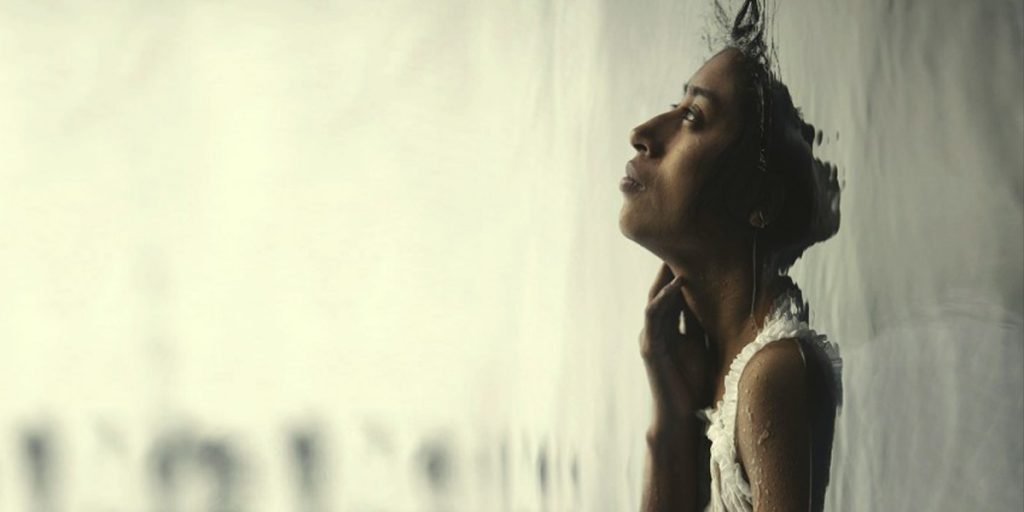Jayro Bustamante ’s most recent offering, La Llorona, is a tour de force of beautifully crafted shots, but may fail to meet certain audience expectations.
One thing I really like about writing for Loud and Clear is getting to watch movies from film cultures I don’t normally get to experience. As I’ve mentioned before, I’m from the United States, and for the vast majority of my life, most of the films I’ve gotten to see come from the Hollywood system of filmmaking. Since I’ve started writing for Loud and Clear, I’ve gotten to see films and television shows from Russia, Egypt, Ireland, Australia, and South Africa. It’s always exciting to be exposed to new ideas and cultures.
So, when I had the opportunity to review Guatemala’s official Oscar submission for Best International Feature Film, you better believe I jumped at the chance to watch and write about La Llorona. The film follows the family of a war criminal, Enrique Monteverde (Julio Diaz), who was responsible for a genocide against indigenous Guatemalans. When Enrique is finally brought to trial and convicted of his crimes, the family begins to be haunted by his past sins; by both legions of angry protestors surrounding their home, and a vengeful spirit infiltrating them from the inside.
Immediately, I can say that the best thing about La Llorona are its visuals. It makes heavy use of a technique I really like, where the shot will begin in a closeup or medium shot and slowly zoom out into a wide shot, revealing more pieces of the shot’s tapestry, creating visually arresting tableaus. The film also makes heavy use of long single-shot takes, meaning everything had to be meticulously rehearsed in order to create the well-composed visuals on offer.
The camera work is complemented nicely by the lighting. It’s well-lit enough in dark scenes, so I can see what’s happening without sacrificing the tension or mood being created. The lighting also highlights the color pallets used, with white clean shades in Enrique’s home contrasting the darker colors in the courtroom where he faces justice. There’s one particular shot I enjoyed where the light shines from underneath his face, casting silhouettes reminiscent of shining a flashlight under your chin while telling a ghost story by a campfire.

La Llorona’s soundtrack is very sparse, but it’s effective: throughout much of the film, the diegetic background noise comes from crowds of angry protesters gathering outside of Enrique’s house demanding justice for his war crimes, and the audience gets to experience the anxiety of having an angry mob outside of your doors at the same time as the characters. The soundtrack is so sparing, in fact, I’m almost disappointed when there is music at all. The silence is used to create such an atmosphere of anxiety and tension, and I was hoping that director Jayro Bustamante would pull a Hitchcock and just do away with a musical soundtrack all together.
There is a lot to like about La Llorona from a technical aspect; it’s clearly a well-made film, and I wanted to ensure that I emphasized those points before delving into the story. Not that the film’s narrative is bad, but I’m sure that this is going to be the thing that divides people. First, it is a slow burn. La Llorona takes its time, especially with the aforementioned long single-take shots, inviting you to take in and appreciate these long quiet moments. Something that may make this challenging is that there isn’t anyone I would call a “main character.” This isn’t a character driven narrative, and if you start glancing at your watch when there isn’t much action or plot progression on the screen, I can understand if the pacing is an issue for you.
Finally, we come to another issue I’ve touched on many times before. An issue I’ve addressed when discussing Evil Eye, Relic, and Saint Maud. The issue of genre. La Llorona, which is named for the legendary Latin American ghost, is marketed as a horror film: I watched it on Shudder, a horror-only streaming service. There is a ghost, but its purpose is not to frighten the audience. Its method of haunting is much more subtle than you may expect from a horror film, to the point where you may not even notice La Llorona’s supernatural component until late into the third act. La Llorona is about 97 minutes long, and the first real “horror” scene comes about 84 minutes into the run time. If I’m being honest, this doesn’t need to be a horror film; it would have succeeded as the “psychological drama with thriller elements” it had been for the first 84 minutes. Shoehorning in horror elements in the film’s last minutes feels very clunky and awkward, face planting what is an otherwise solid viewing experience.
I don’t know why or how the film would fall under the horror banner. Sure, it has a vengeful ghost and it addresses the real life horror in the genocide carried out under Enrique’s command. But neither of these elements are presented in a way that comes across as frightening in a “horror” sense; I can only assume it was in an effort to avoid sensationalizing serious topics. Frankly, I think La Llorona would have been a stronger film if it had just focused on the drama that comes from a family coming to terms with the grandpa’s past atrocities, and had the supernatural bits be metaphorical instead of literal.
Look, La Llorona is a solid movie, despite my genre ramblings. The technical side is great, making it a good-looking film. If you’re worried about it being too scary due to its “horror” label, I really wouldn’t worry about it. In fact, if you watch La Llorona, don’t go into it expecting a horror film, and I think you’ll find it much more enjoyable. It has all the drama and tension you’d expect of a psychological thriller, with none of the frights you’d expect from horror. If certain elements were treated as metaphors for guilt and denial haunting the family instead of actual supernatural forces, I think La Llorona would have been a great film.
La Llorona is now available to watch on Shudder. Read our review of Cadejo Blanco!

 loudandclearreviews.com
loudandclearreviews.com
